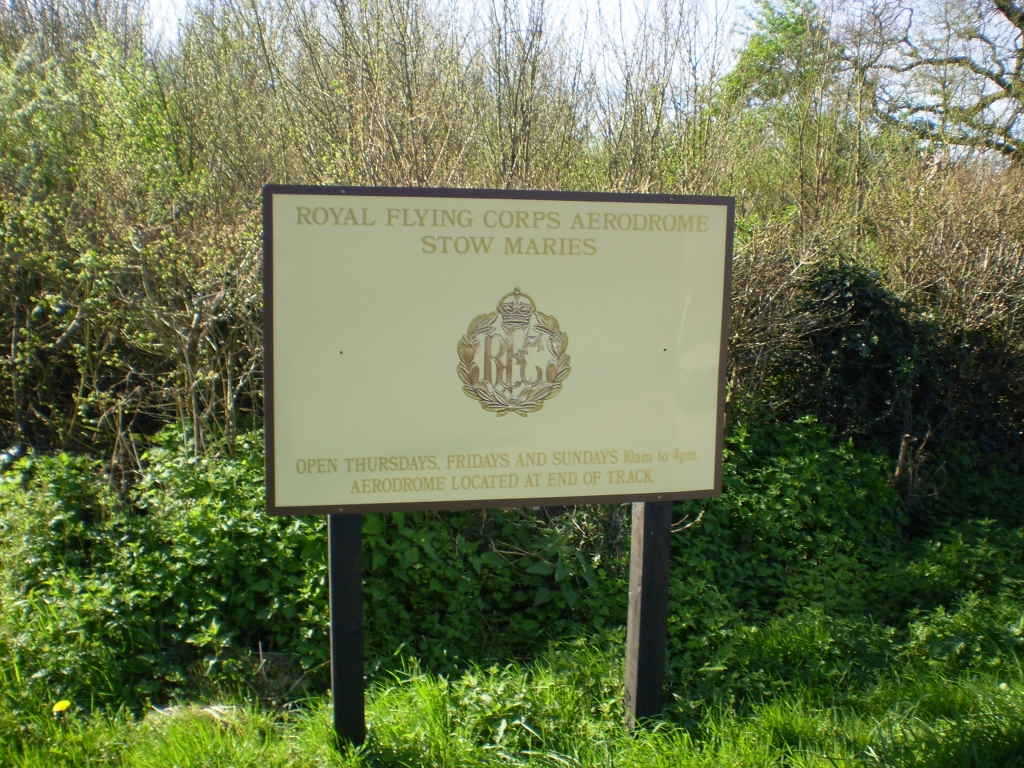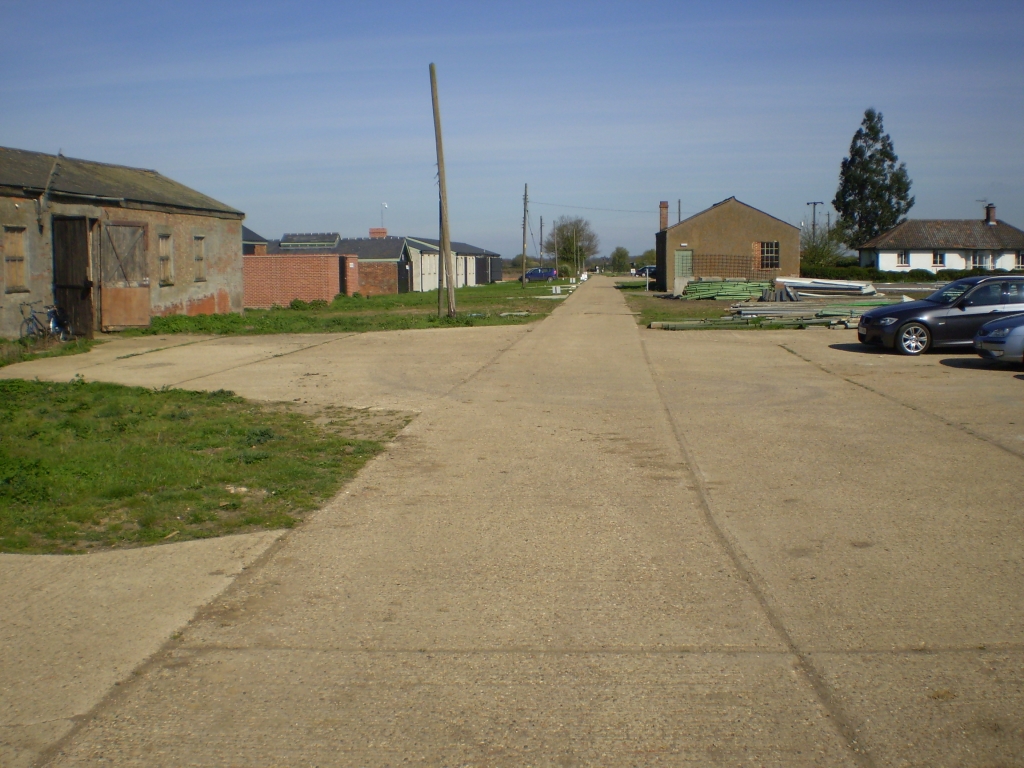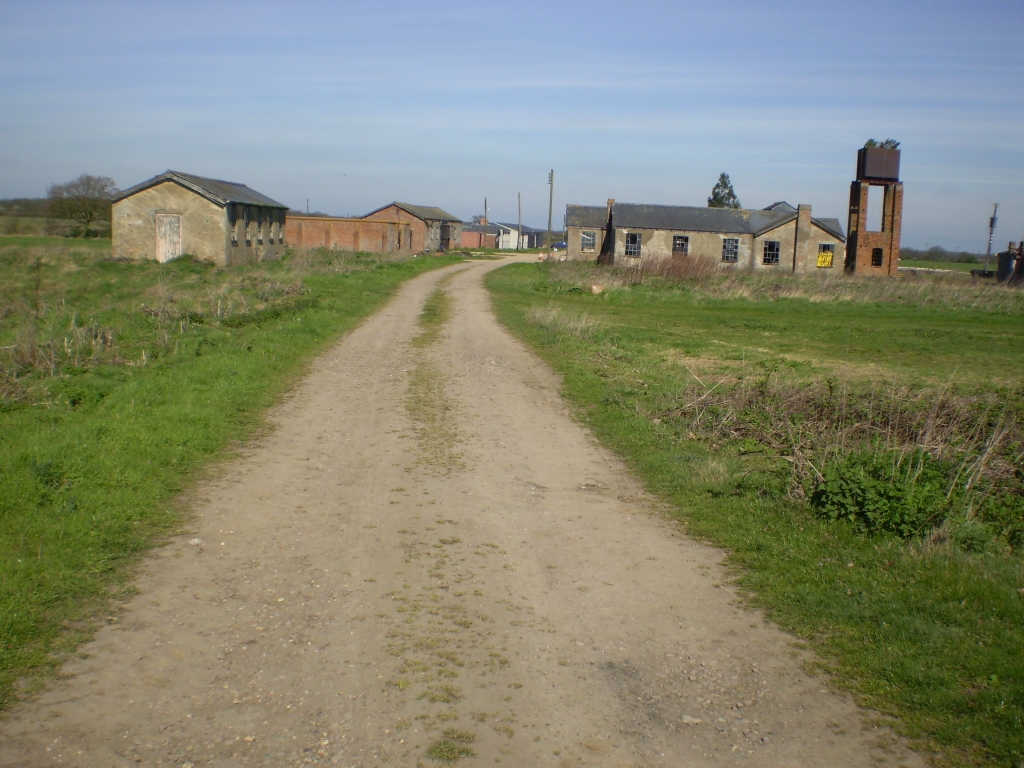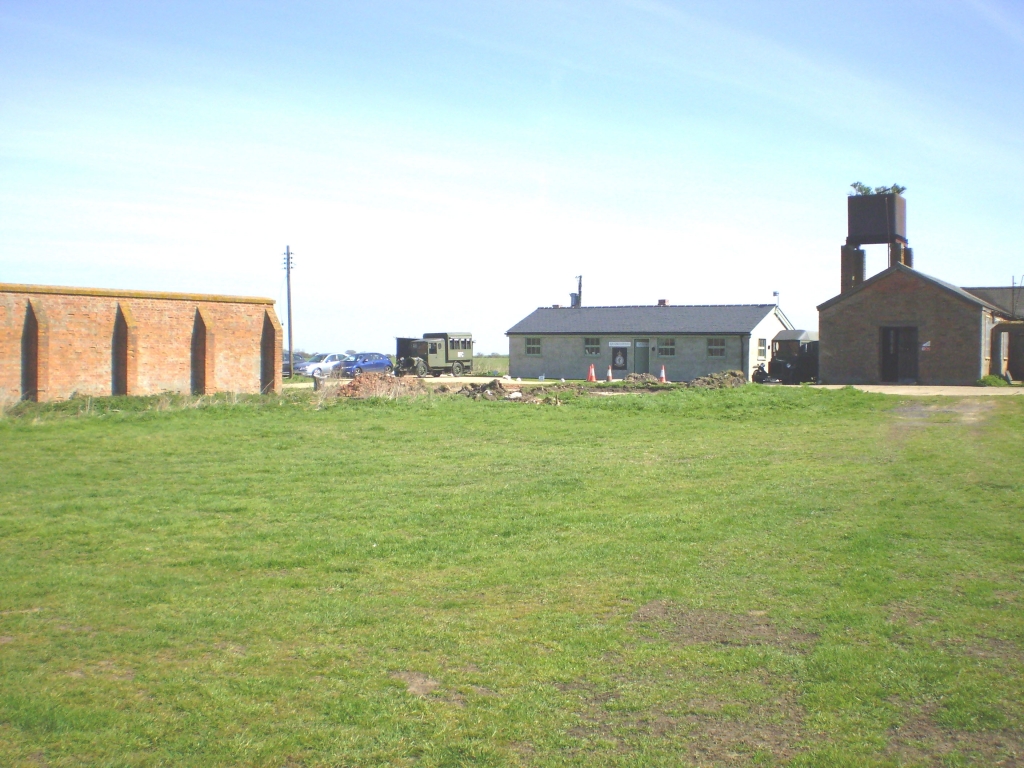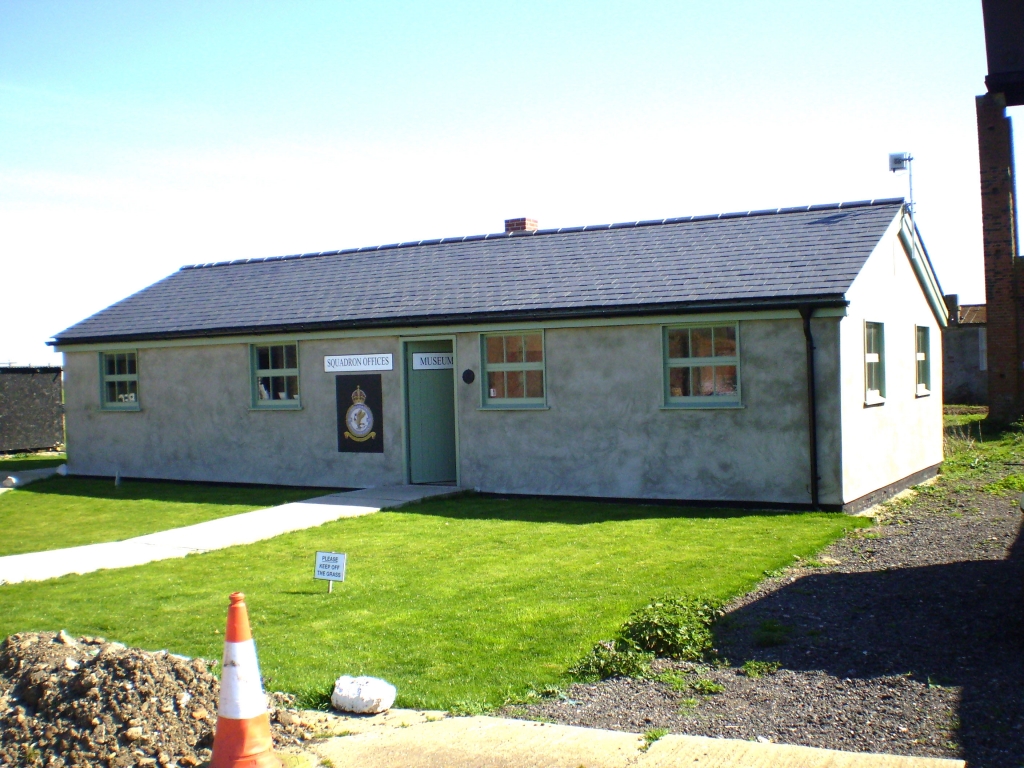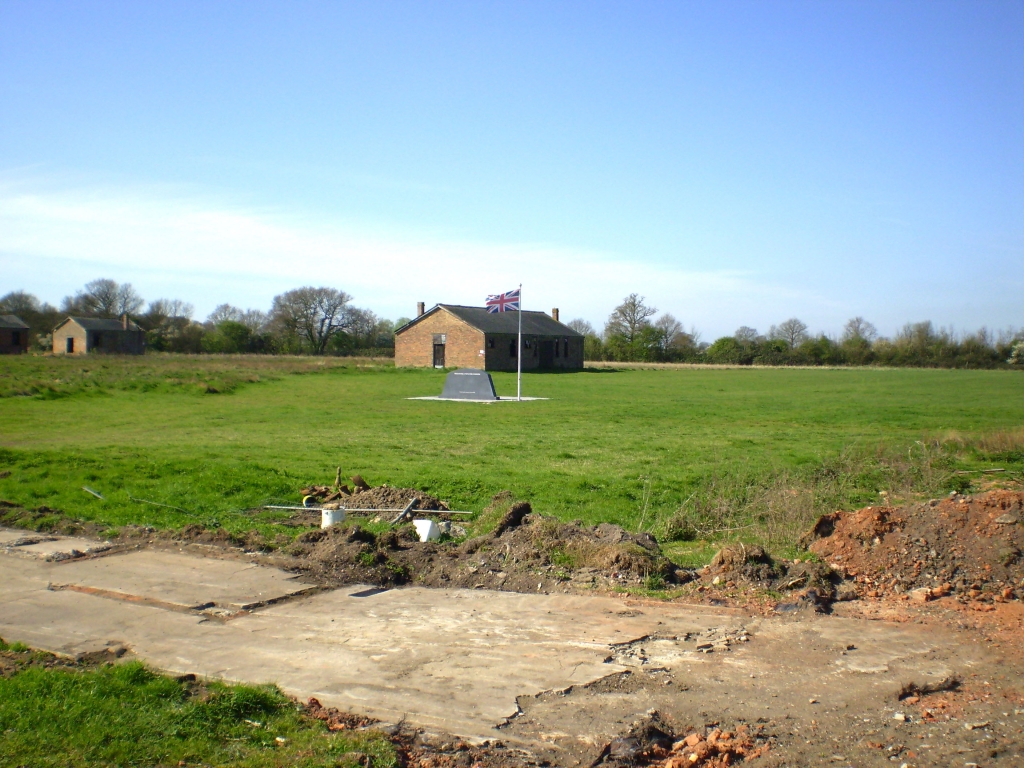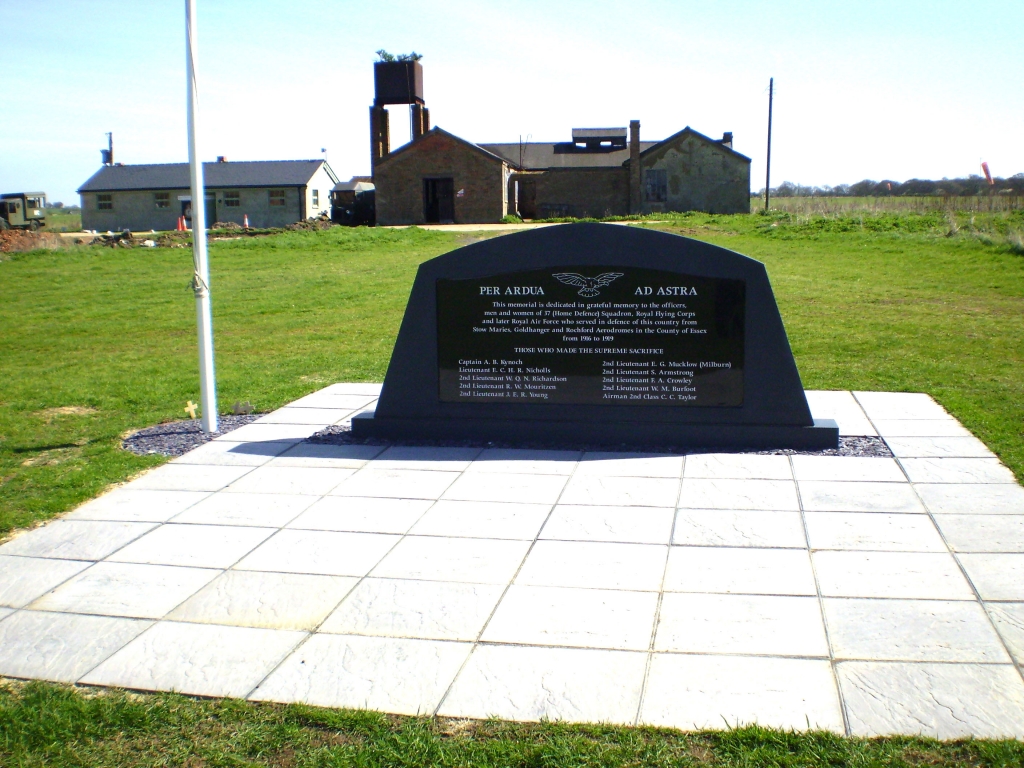Royal Flying Corps Stow Maries dates back to 1916. The reason that the airfield was built was the response of the British government to attacks on Britain German Zeppelins and bomber aircraft during the First World War.
The airfield was what was known as a Home Defence Aerodrome. It was first surveyed in August 1916 and the first aircraft arrived on 15th September 1916 when 'B' Flight of No 37 (Home Defence) Squadron moved there from Orfordness in Suffolk. 'A' Flight was stationed at Rochford and 'C' Flight at Goldhanger. The station headquarters were at The Grange, Woodham Mortimer.
The first commanding officer was Lieutenant Claude Ridley. The first operational flight took place on the night of 23r/24th May 1917 when Ridley, who had by then been promoted to Captain and Lieutenant G Keddie were ordered up in response to a large raid by Zeppelins targetting London. They did not however score any sucesses.
On 17th June 1917 2nd Lieutenant L P Watkins of 'C' Flight was credited with bringiing down the Zeppelin L48 at Theberton in Suffolk. This was the last Zeppelin bought down during the war.
In the summer of 1917 'A' Flight moved to Stow Maries from Rochford and in February 1919 'c' Flight moved there from Goldhanger. In the summer of 1918 Headquarters had moved there from Woodham Mortimer. However in March 1919 No 37 (Home Defence) Squadron was disbanded by renaming it No 39 Squadron and the whole squadron moved to Biggin Hill in Kent. The airfield site reverted to its orginal owner, who made no attempt to remove the buildings, most of which have survived to the present day. Prior to the Second World War the airfield was surveyed by the Air Ministry to see if it could be re-opened, but it was instead decided to upgrade Rochford airfield. There was one emergency landing on the field in 1940 by an aircraft from No 242 Squadron. In 1943 the airfield was surveyed as a possible USAAF station and was allocated USAAF station number 163. It would have been called RAF Cold Norton as it was near to Cold Norton as well as to Stow Maries. The above information is taken from Fields of the First by Paul A Doyle (Forward Airfield Research Publishing 1997) and the history pages of www.stowmaries.com written by Ivor Dallinger.
The airfield is situated between Woodham Ferrers and Maldon.
The importance of the airfield is that it is the best preserved First World War airfield in the world. In recent years the airfield has been open to the public on certain days of the week at various times of the year. The buildings on it are listed. In 2012 it was put up for sale. Hopefully a buyer will be found who maintain public opening of the airfield as it ranks in status with the preserved trenches at Sanctuary Wood just outside Ypres (Ieper) in Belgium.
At the end of April 2011 I made a vist or should I say pilgrimage to airfield. Here are the photographs I took there.
Station name board.
General view 1
General view 2
General view 3
Station offices-now museum.
Parade ground.
Memorial to those from the station who died. |
